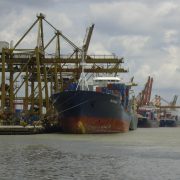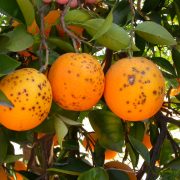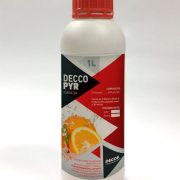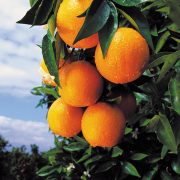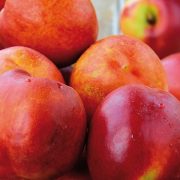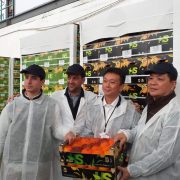The Valencian citrus harvest is expected by 22.3% lower than last season
The Ministry of Agriculture of Valencia has announced the estimated crop of citrus in this region during the 2015-2016 season. It is estimated to be 22.3% lower than last season. As recorded by the report published by the regional administration, the first estimates for the 2015/2016 campaign reflect a predicted citrus crop 3,052,252 tonnes, as set out in Table 2 in.
Thus, it is estimated that during this campaign about 873 791 tons of citrus produce less than in the previous year, ie 22.3% less than in 2014/2015 (Table No. 3). This production decline due mainly to the high temperatures reached in May, June and July, despite good spring bloom is confirmed. Of note is the impact on citrus temperatures were mid-May that caused a sharp drop of small fruits of the earliest varieties. For its part, the rains of early September have been generally beneficial for citrus because they are helping to achieve calibers partly offset the loss of fruits.
Decline in acreage
Continued decline in acreage of citrus, which is situated in this campaign around 162,000 hectares, estimated a decline of 2.02%, representing the loss of about 3,300 hectares. This decrease is mainly due to reduced crop experienced in the province of Valencia, usually citrus crop substitution by khaki and others, and to a lesser extent, abandoned plantations.
The agricultural organization of Llauradors Union hopes that “if things are done well,” the decline in production serve for a price increase. Ramón Mampel, secretary general of the organization, also states that “it is important to comply with the law of measures to improve the functioning of the food chain and that use of the sales contract is encouraged and remains unused because there is growing cases of defaults left in utter helplessness to the farmer. ”
Regarding prices began the campaign with slightly higher prices-namely 3% over the pasada- but as the weeks have progressed these have fallen. This is for example the case of Navelina where despite a decrease of 18% harvest, prices are currently 5% lower than at the same time the previous year. Ramón Mampel indicates that “in the field is expected to get better prices than last season but what else will happen eventually because it depends on many circumstances, most of them outside the farmer”.







